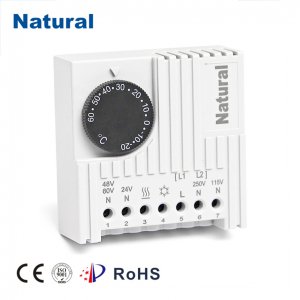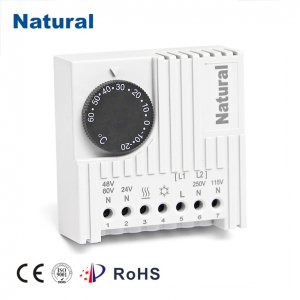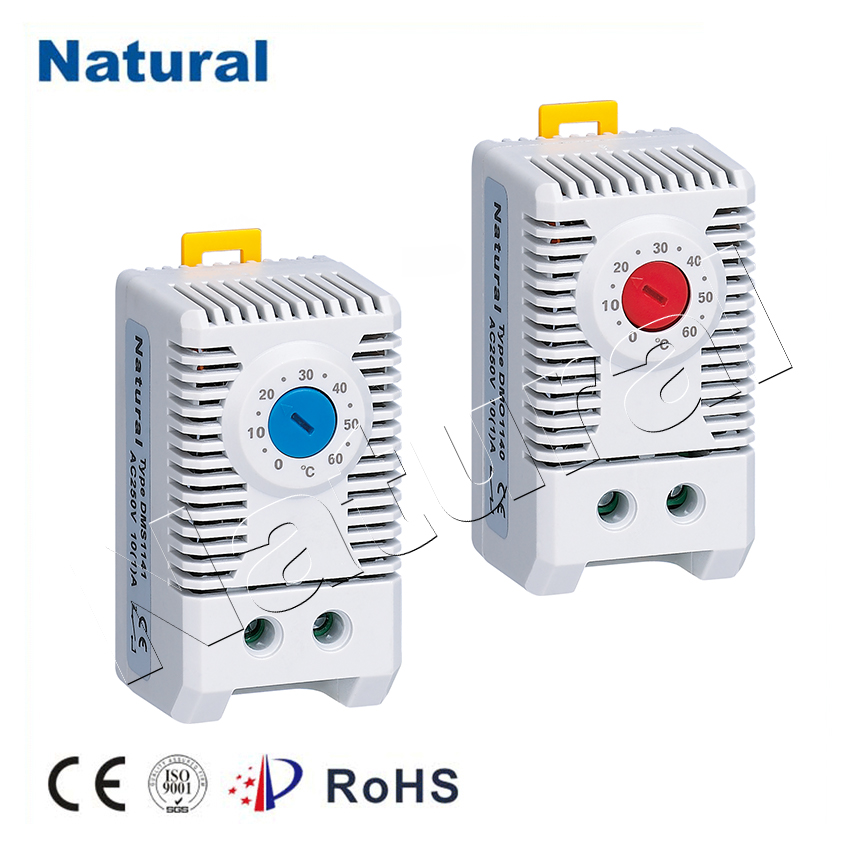In the world of HVAC (heating, ventilation, and air conditioning) systems, the thermostat plays a crucial role in maintaining comfort within residential and commercial spaces. Among the various types of thermostats available, the 24V thermostat is widely used due to its compatibility with most heating and cooling systems. This article delves into the workings, advantages, and considerations of 24V thermostats, providing insights for homeowners and technicians alike.

What is a 24V Thermostat?

A 24V thermostat is a control device that regulates the temperature within a building by communicating with the heating and cooling systems. Operating at a low voltage of 24 volts, these thermostats are commonly used in central heating and air conditioning systems. They receive power from a step-down transformer, which converts higher voltage electricity to the 24V level required for operation. This makes them safe and efficient for residential applications. How Does a 24V Thermostat Work? The primary function of a 24V thermostat is to sense the ambient temperature and compare it to the desired setpoint temperature. When the temperature deviates from this setpoint, the thermostat activates the heating or cooling system to bring the environment back to the desired comfort level. Most 24V thermostats feature a simple user interface, allowing users to set their preferred temperature easily.
